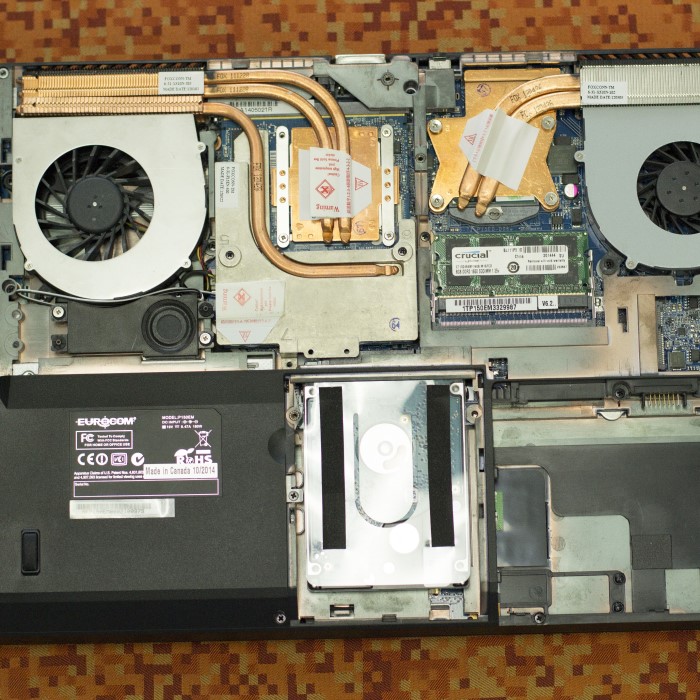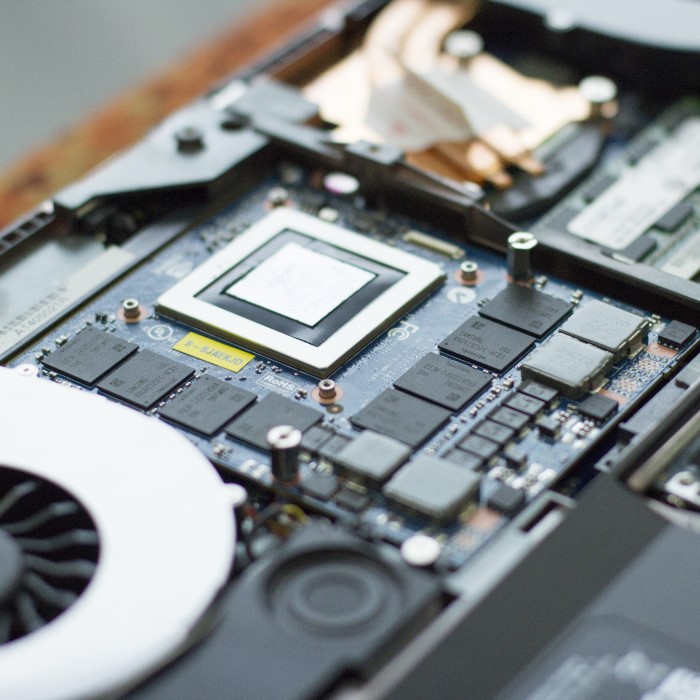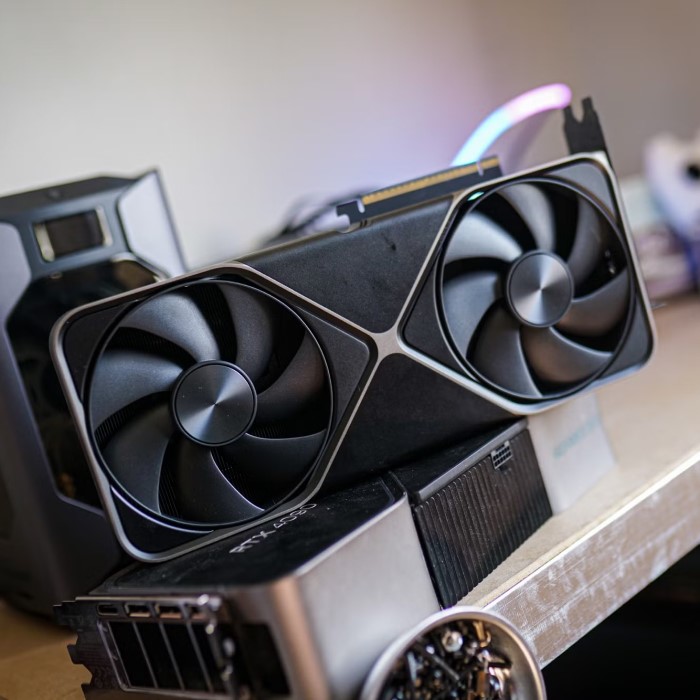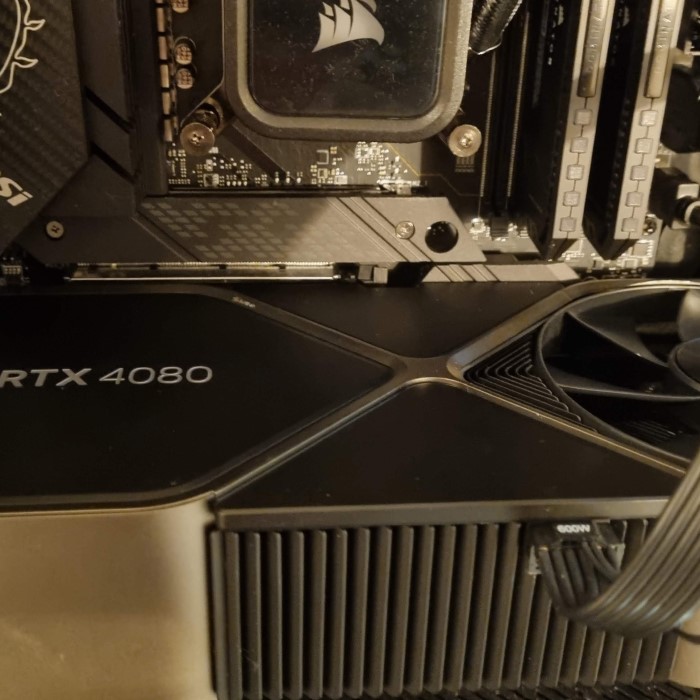Introduction: Enhancing Performance with an Upgraded Graphics Card
When it comes to maximizing your computer’s performance, one of the best upgrades you can make is replacing the graphics card. Whether you’re a gamer, a visual artist, or a casual computer user, knowing how to upgrade graphics card is crucial. Upgrading your GPU (graphics processing unit) can result in improved frame rates, enhanced graphics, and overall better responsiveness in applications and games.
In this article, we will guide you through the various aspects of upgrading your graphics card. We will explore everything from understanding compatibility to specific steps involved in the upgrade process. Whether you are switching graphics cards for improved gaming or boosting your productivity in creative software, this comprehensive guide will provide the information you need.
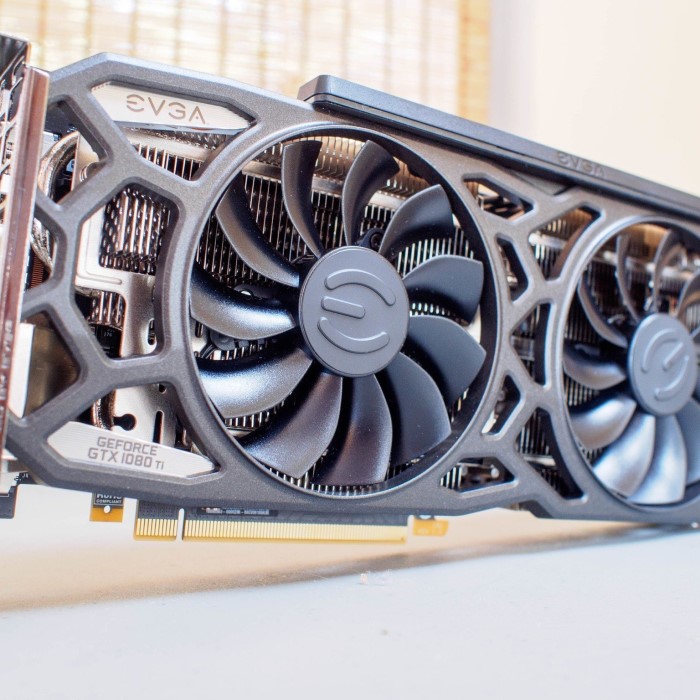
Why Upgrade Your Graphics Card?
1. Improved Gaming Experience
- Higher Frame Rates: One of the main reasons people upgrade their graphics cards is to achieve higher frame rates in games. A more powerful GPU can handle higher resolutions and more demanding graphics settings, leading to a smoother and more enjoyable gaming experience.
- Enhanced Visual Quality: Upgrading also allows you to experience graphics at higher settings, including advanced effects like shadows, reflections, and textures that make games look stunning.
2. Better Performance for Creative Applications
- Efficient Rendering: If you are into video editing, 3D rendering, or graphic design, a new graphics card can significantly reduce rendering times. The enhanced processing power means that projects can be completed more quickly, improving productivity.
- Support for Multiple Monitors: Many modern GPUs support multiple displays. This capability is essential for professionals who require extensive screen real estate for their workflows.
3. Future-proofing Your System
Staying Up-to-Date
- Increased Hardware Demands:
- As new software and games are developed, they typically require more robust hardware capabilities to function optimally. Modern titles often come with enhanced graphics, more complex gameplay mechanics, and increased resource allocation, all of which can strain older systems.
- This means that using outdated hardware may lead to performance issues, including lower frame rates, longer load times, and even crashes during gameplay or software usage.
- Importance of Upgrading:
- Regularly upgrading your hardware is essential to ensure your system remains relevant in the ever-evolving tech landscape. By investing in newer components, you can match the increased demands of contemporary applications.
- Upgrading allows you to enjoy the latest features and enhancements available in software and games, ensuring a seamless and enjoyable user experience.
- Future-Proofing Your System:
- Staying proactive with upgrades not only addresses current requirements but also helps future-proof your system. As software continues to advance, having the latest hardware will prepare you for upcoming releases, reducing the need for frequent changes.
- This foresight ensures that your system can handle not just today’s applications but also those anticipated in the near future, enhancing your investment over time.
Access to New Technologies
- Support for Cutting-Edge Features:
- Modern graphics cards are designed to support new technologies that improve visual fidelity and performance in applications. One of the notable advancements is ray tracing, which simulates realistic lighting, shadows, and reflections in games and graphical applications.
- This technology enhances the overall aesthetic experience, making it crucial for gamers and professionals seeking high-level visual output.
- AI-Enhanced Graphics:
- In addition to ray tracing, many new graphics cards come with features that utilize artificial intelligence to optimize rendering and graphical performance. These AI-driven technologies can help improve frame rates, reduce latency, and enhance overall graphics quality.
- This capability allows for smoother gameplay and better performance, further elevating the user experience.
- Realism in Gaming and Applications:
- By upgrading to a modern graphics card that supports these advanced technologies, users gain access to additional layers of realism in their gaming and creative endeavors. Enhanced graphical capabilities can make virtual environments more immersive and lifelike.
- Whether you are gaming, video editing, or working in 3D modeling, having access to state-of-the-art graphics technology significantly enhances the quality and realism of the final output.
- Broader Compatibility with Current Software:
- New graphics cards are also built with the latest standards and protocols, ensuring compatibility with current software. This compatibility helps avoid issues related to outdated drivers or unsupported technologies, providing a smoother experience across various applications.
- As a result, users can take full advantage of new features and improvements in software updates without the need to constantly upgrade their systems.
Key Considerations Before Upgrading Your Graphics Card
1. Compatibility with Your System
- Motherboard Considerations: How to upgrade graphics card? Ensure that your motherboard has a compatible PCIe (Peripheral Component Interconnect Express) slot where the new GPU can be installed. Most modern graphics cards use a PCIe x16 slot.
- Power Supply Unit (PSU): Your PSU needs to supply enough wattage to power the new graphics card. Check the recommended PSU wattage for the card you are considering and make sure your current unit meets or exceeds this requirement.
2. Physical Space in Your Case
- Adequate Clearance: It’s vital to verify that your computer case has enough physical space to accommodate the new graphics card. Check the card’s dimensions and compare them to the space available in your case.
- Cooling Considerations: Heat output is another factor. Ensure that your case has enough airflow to keep the GPU cool, especially if you choose a high-performance model.
3. Performance Balance with CPU
- Avoiding Bottlenecks: A powerful graphics card paired with an underwhelming CPU can lead to bottleneck performance. Ensure your CPU can handle the new GPU to maximize performance benefits. If your CPU is older, it might be worth considering an upgrade alongside the GPU.
How to Upgrade Your Graphics Card: A Step-by-Step Guide
1. Preparation: Gather Tools and Materials
- Tools Needed: Before you start, gather the necessary tools including a screwdriver, anti-static wrist strap, and cable ties. Having everything on hand will streamline the process.
- Backup Important Data: While this step is optional, it’s wise to back up crucial data in case of unexpected issues during the upgrade process.
2. Remove the Old Graphics Card
- Power Down Your PC: Begin by shutting down your computer and unplugging it from the wall. This is important for your safety.
- Open the Case: Remove the side panel of your computer case to access the internal components. Keep the screws in a safe location to ensure you can easily reattach the panel later.
- Disconnect Cables: If applicable, gently unplug any cables connected to the old graphics card. This includes any power connectors and display cables.
- Remove the Card: Unscrew the card from its PCIe slot and carefully pull it out, being cautious not to damage any surrounding components.
3. Install the New Graphics Card
- Insert the New Card: Align the new graphics card with the PCIe slot and gently but firmly press it into place. Ensure it is securely seated.
- Secure the Card: Use screws to secure the card to the case, preventing it from moving during operation.
- Reconnect Cables: Plug in any necessary power connectors from the PSU to the new graphics card. Ensure all connections are tight.
4. Finishing Up
- Close the Case: Replace the side panel of your case and secure it with screws. Ensure that everything is properly anchored before powering on the PC.
- Power On Your Computer: Plug your computer back in and power it on. Observe the startup process for any error messages.
- Install Drivers: After the system boots up, install the latest drivers for your new graphics card. Visit the manufacturer’s website to download the appropriate driver software to ensure optimal performance.
Common FAQs about Upgrading Graphics Cards
1. How do I update my graphics card?
- To update your graphics card, firstly uninstall your existing drivers through the Device Manager in Windows. After uninstalling, download the latest drivers from the graphics card manufacturer’s website and follow the installation instructions.
2. Can I upgrade my GPU only?
- Yes, upgrading your GPU can be done independently of other components. However, ensure that your existing hardware, such as the motherboard and power supply, supports the new GPU.
3. How do I know if my PC can upgrade my GPU?
- To determine if your PC can accommodate an upgrade, check the specifications of your motherboard, PSU, and case size. You can consult the user manual or manufacturer website for detailed compatibility information.
Conclusion: Embrace the Upgrade Journey
In conclusion, understanding how to upgrade graphics card is a rewarding process that can transforms your computing experience dramatically. By considering essential factors like compatibility, performance, and installation steps, you can ensure a smooth upgrade.
Whether for gaming, creative work, or daily tasks, an upgraded graphics card can significantly enhance your system’s capabilities. As you consider when to upgrade my graphics card, look for signs such as poor performance in new games or software. Ultimately, upgrading your GPU is an opportunity to breathe new life into your machine and enhancing your overall experience.
Armed with the knowledge from this guide, you are ready to make informed choices and enjoy all the improvements that come with a new graphics card. Start your upgrade adventure today!
